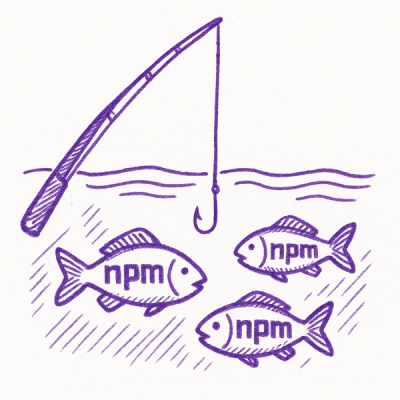#elasticsearch_parse
首先注明下本项目是由来,学习Elasticsearch本身是有些痛苦的, 我们可以熟练的编写SQL 、 Mongodb语句,但对于Elasticsearch Dsl语法总是蒙头,一个劲的翻找笔记...
简单说 Elasticsearch Parse可以让你更容易的上手ES, 他的功能主要是语句映射, 有点ORM的意思...
此项目继承于elasticsearch-dsl-py,本来是想fork子项目,开发好后提交pull request, 但是想到我这语法映射的功能, 对于官方来说不是很稀罕,索性直接砍掉了 70% 代码,然后中间又加了一些佐料, 最终只是为了DSL语句映射功能 !
模块安装方法:
pip install elasticsearch_parse
下面我们来体验下封装后的es语法解释器.
首先用原始的DSL语法操作,一眼望去会有些麻烦, 手写起来会更麻烦.
from elasticsearch import Elasticsearch
client = Elasticsearch()
response = client.search(
index="my-index",
body={
"query": {
"filtered": {
"query": {
"bool": {
"must": [{"match": {"title": "python"}}],
"must_not": [{"match": {"description": "beta"}}]
}
},
"filter": {"term": {"category": "search"}}
}
},
"aggs" : {
"per_tag": {
"terms": {"field": "tags"},
"aggs": {
"max_lines": {"max": {"field": "lines"}}
}
}
}
}
)
下面是使用Elasticsearch_parse的用法,要多简单就多简单
from elasticsearch_parse import Search, Q
s = Search(index="my-index") \
.filter("term", blog="xiaorui.cc") \
.query("match", author="ruifengyun") \
.query(~Q("match", face="good"))
s.aggs.bucket('per_tag', 'terms', field='tags')
response = s.execute()
我们得到的结果是:
{
"query": {
"filtered": {
"filter": {
"term": {
"blog": "xiaorui.cc"
}
},
"query": {
"bool": {
"must_not": [
{
"match": {
"face": "good"
}
}
],
"must": [
{
"match": {
"author": "ruifengyun"
}
}
]
}
}
}
},
"aggs": {
"per_tag": {
"terms": {
"field": "tags"
}
}
}
}
我们把语法的用法给过一遍.
s = search.Search()
通过match查询,f字段值为55的数据
s.query('match', f=55)
时间范围
s.query('range', ** {'@timestamp': {'lt': 'now'}})
外围的size的控制
s = s.query('match', f=42)
s[3].to_dict() {'query': {'match_all': {}}, 'from': 3, 'size': 1}
assert s.to_dict(size=10) == {"query": {"match": {'f': 42}}, "size": 10}
嵌入内部size控制
s = search.Search.from_dict({"size": 5})
assert {
"query": {"match_all": {}},
"size": 5
} == s.to_dict()
对于aggs的聚合的使用
s = s.query('match', f=42)
assert {"query": {"match": {'f': 42}}} == s.to_dict()
assert {"query": {"match": {'f': 42}}, "size": 10} == s.to_dict(size=10)
s.aggs.bucket('per_tag', 'terms', field='f').metric('max_score', 'max', field='score')
d = {
'aggs': {
'per_tag': {
'terms': {'field': 'f'},
'aggs': {'max_score': {'max': {'field': 'score'}}}
}
}
...



